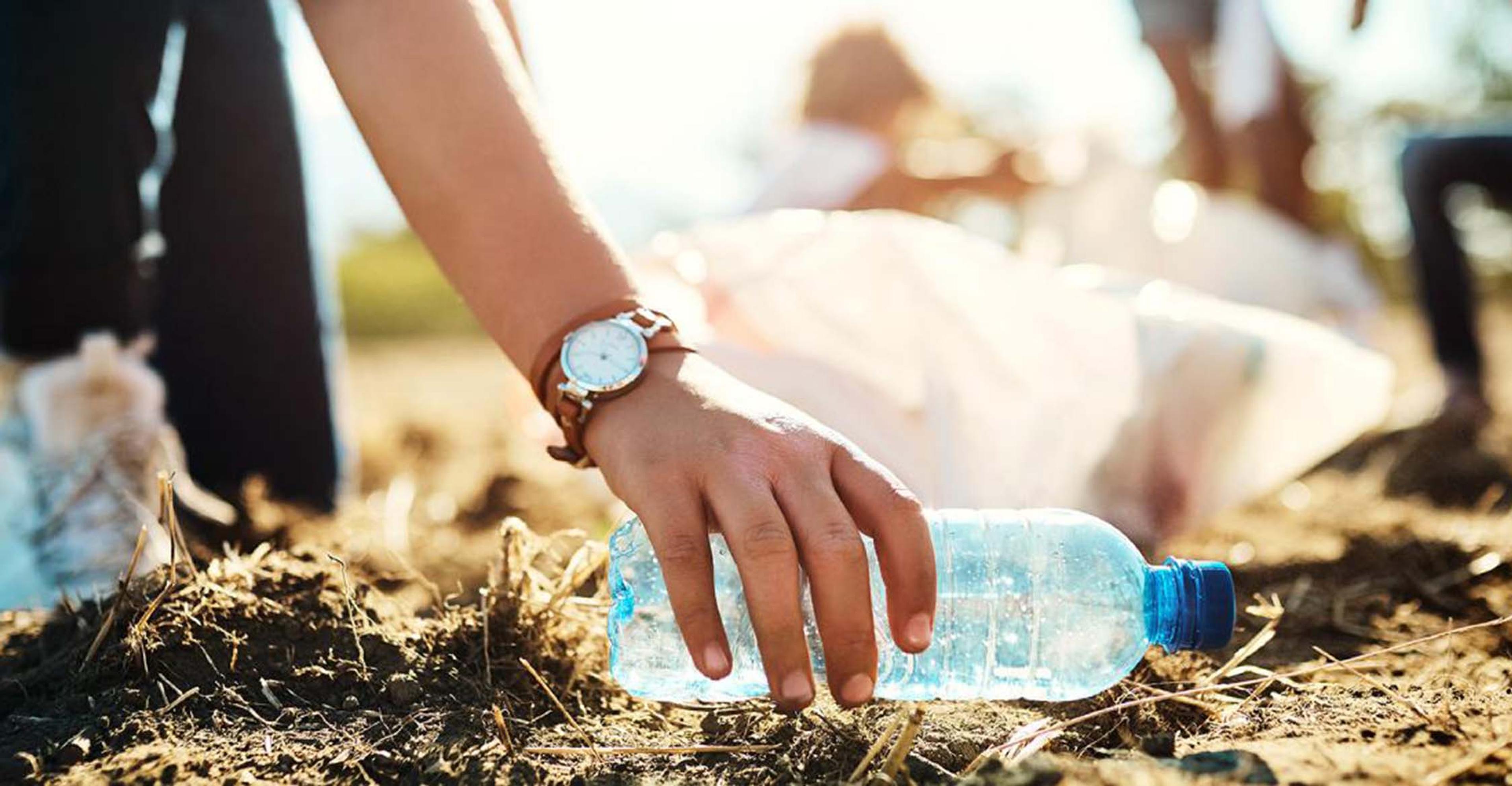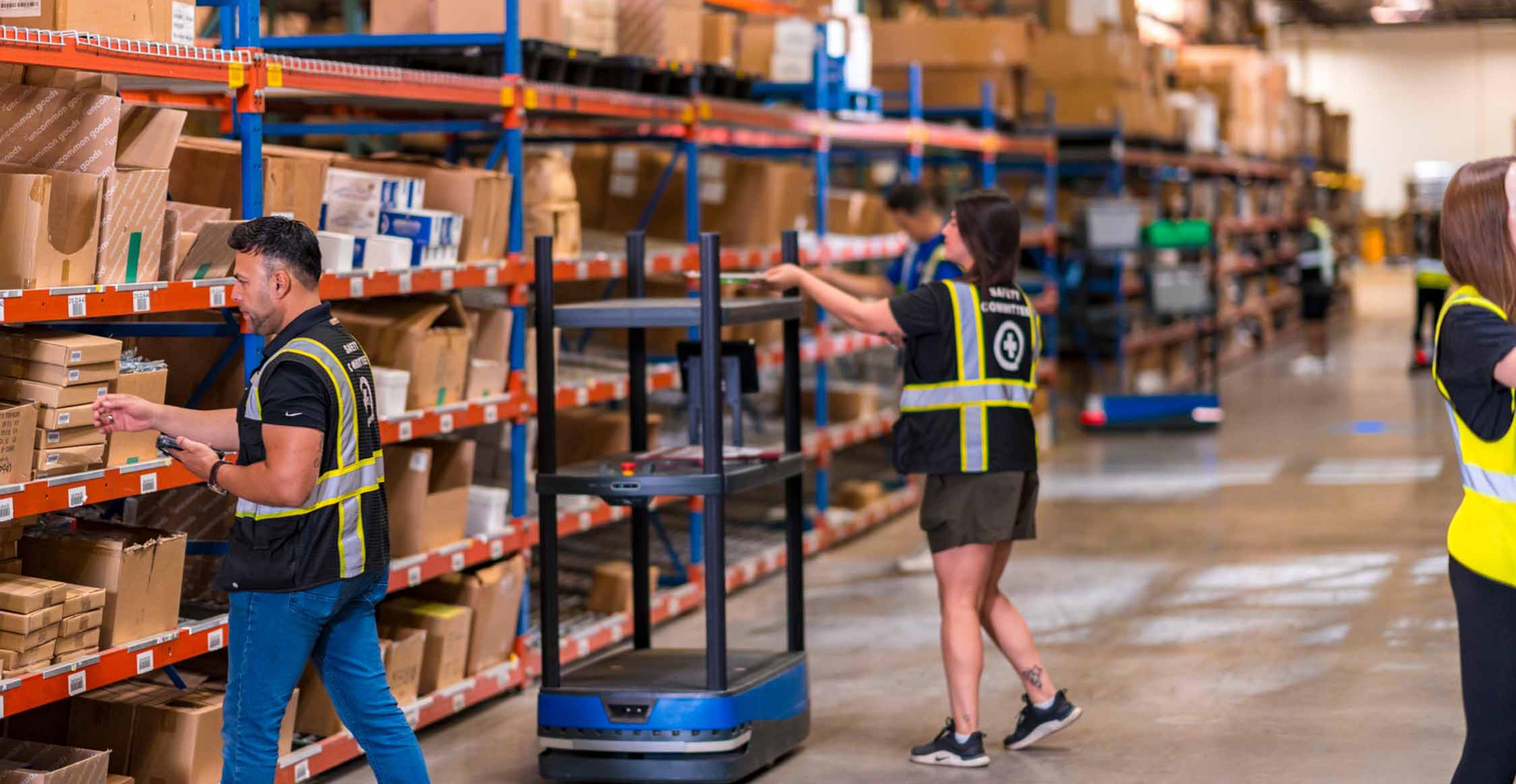How Reducing Plastic Packaging Saves More Than Money

The immense weight of plastic waste
Reducing plastic packaging is more important now than ever. Throughout the course of the pandemic, the world created 8 million tons of plastic waste, with most of it now in the ocean.
In early March, the United Nations proposed a new treaty declaring war on single-use plastics. A landmark achievement, the treaty was passed with 175 of 193 member states endorsing the resolution. Treaty negotiations began on May 30 and will establish a legally binding treaty limiting plastic waste by the end of 2024.
This is a major step forward for environmental and global health, as previous agreements and treaties have fallen short to address the severity of the issue. The Kyoto Protocol of 1997 was the first legally binding climate treaty and required countries to lower emissions by an average of 5% below 1990 levels. Similarly, the Paris Agreement required all countries to make emission-reduction pledges to prevent the global average from rising 2 degrees C above pre-industrial levels.
Shocking facts about plastic waste:
- Plastics have penetrated the human bloodstream and an individual now consumes a credit card worth of plastic each week on average
- The number of plastic microparticles in the ocean now outnumber zooplankton
- The total weight of plastics and plastic chemicals now exceeds the overall mass of all land and marine animals
- Only 1 – 3% of plastics used are recycled
- The production of plastics uses around 8% of the world’s total oil production
The United Nations pledge
The UN treaty, simply titled “End Plastic Pollution”, seeks to achieve three principles:
- Eliminate all problematic and unnecessary plastic items we do not need.
- Innovate to ensure that the plastics we do need are reusable, recyclable, or compostable.
- Circulate all plastic items we use to keep them in the economy and out of the environment.
Succinct, yet clear: no more plastic
Preventing plastic pollution means no more plastic. A 2021 study published in Science magazine broke down current solutions, challenges, and paths forward. With 450 million tons of plastic currently produced each year, they concluded that there is no simple solution. Additionally, carbon emission from the entire life cycle of plastics is predicted to rise from 4.5% to between 10 – 13% of the total carbon budget by 2050. Existing solutions, including recycling, recovery, and replacing plastics with alternatives, were found to cut annual plastic pollution to 17.3 million tons by 2040.
In addition to dramatically reducing plastic waste and stopping virgin plastic production altogether, a shift to a circular economy could achieve:
- Reduce the volume of plastics entering the oceans by more than 80% by 2040
- Reduce virgin plastic production by 55%
- Save governments $700 billion (US dollars) by 2040
- Reduce greenhouse gas emissions by 25%
- Create 700,000 new jobs – mainly in the global south
Shareholder advocacy forces large companies to choose a side
In addition to the UN treaty, plastics are a spotlight issue for shareholder advocacy this year. Big companies are under fire to make changes to their production to reduce plastic production. In previous years, these efforts have resulted in major companies announcing their commitments to phase out specific types of packaging. While shareholder resolutions are non-binding in the United States, they can still yield key agreements when a vote is successful.
In February, Coca-Cola pledged to have at least 25% of its drinks sold in refillable/returnable glass or plastic containers, or in refillable containers at a fountain, by 2030. PepsiCo created its own target in a related pledge. Votes on multiple pending proposals are happening now, including the call for ExxonMobil and Phillips 66 to shift away from virgin plastic production. Amazon has been opposed to a resolution calling for reducing plastic packaging usage by one-third, siting that it is already being done on a large enough scale. McDonald’s is following suite in opposition.
Sustainable practices improve operations
The Bumble Bee Seafood Company announced new outer packaging for its multipack tuna cans made of readily recyclable paperboard. The company is the first shelf-stable seafood brand to replace its plastic wrap. This new packaging addressed an existing 25-year-old shrink wrap issue with machinery at its Santa Fe Springs, California factory. The machinery was getting old and with the equipment challenges, there was a lot of downtime and not much shrink wrapping. By working with the machinery manufacturer, Bumble Bee was able to customize the equipment to create the new material and eliminate 23 million pieces of plastic waste per year. The bonus? A visible brand refresh! Bumble Bee has set a goal to have 98% recyclable packaging by 2025.
On the other side of the spectrum, CMA CGM, one of the top ocean carriers in the world, announced that it will no longer export plastic waste. The ban went into effect on June 1 and “will prevent this type of waste from being exported to destinations where sorting, recycling, or recovery cannot be assured.” In 2021, US plastic scrap exports declined by 11% to 557 million kilograms from 629 million kilograms in 2020. Scrap exports have been declining over the past five years, but CMA CGM’s promise not to carry plastic waste on any of its ships worldwide is setting a precedence around the world.
What’s next for the war on plastic?
A recent report from the World Economic Forum made a series of recommendations on how to best address the rising threat of plastic waste. With the creation of an effective after-use plastics economy, leakage of plastic waste into natural systems can be avoided. They also recommended to radically increase the economics, quality, and update of recycling, with a global plastics protocol, the bar will be set for redesign of materials and after-use systems, along with the improvement of collection, sorting, and reprocessing. In addition, there will need further adoption of reusable packaging and compostable packaging where appropriate.
While reducing plastic packaging and production may seem like a daunting task, there is a desire in the market for companies to make the change. More than 74% of consumers are willing to pay a premium for sustainable packaging. 59% of consumers are less likely to buy a product with packaging that is damaging to the environment.
A few strategies to use for reducing plastic packaging:
- Use a mono pack
- Keep the shipping package compact
- Reuse residual flows into packaging material
- Choose paper with an FSC or PEFC quality mark
- Send resealable packaging
- Avoid shipping a box inside of a box
- Add sustainable information to packaging with text, logo, or symbols
At ITS Logistics, we have taken action to go green while also following our customers’ and direct consumer packaging needs. Paper dunnage is used whenever possible to replace bubble wrap. Cardboard boxes that are recyclable are used to ship products and warehouse pallets are made of wood rather than a fabricated wood alternative. Contact us today and we can provide a creative supply chain solution to address your needs while also reducing plastic packaging and waste.



